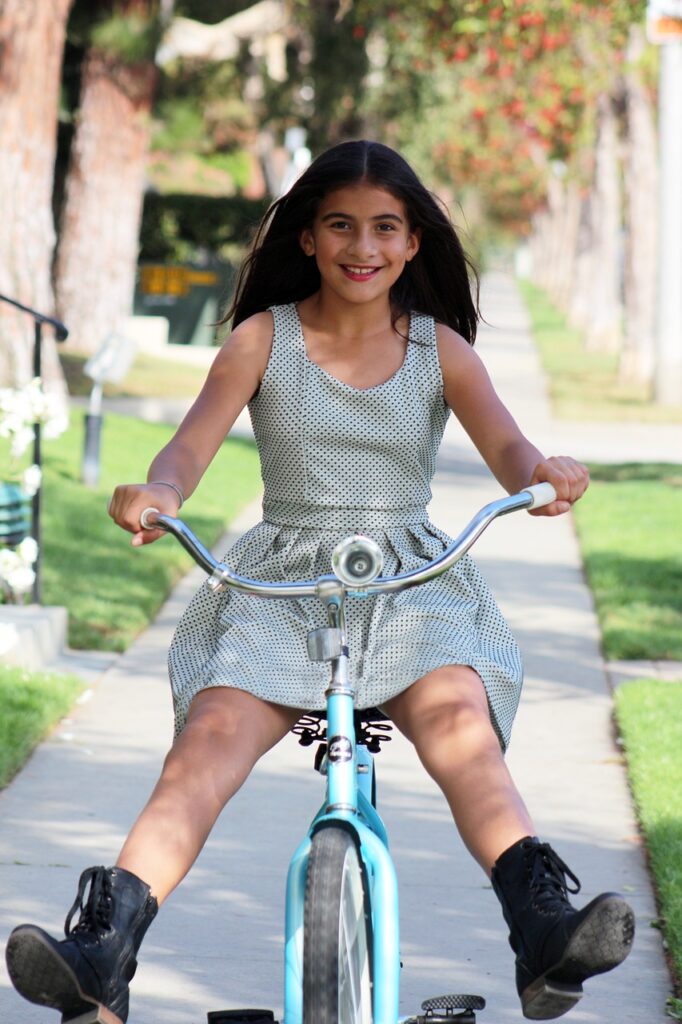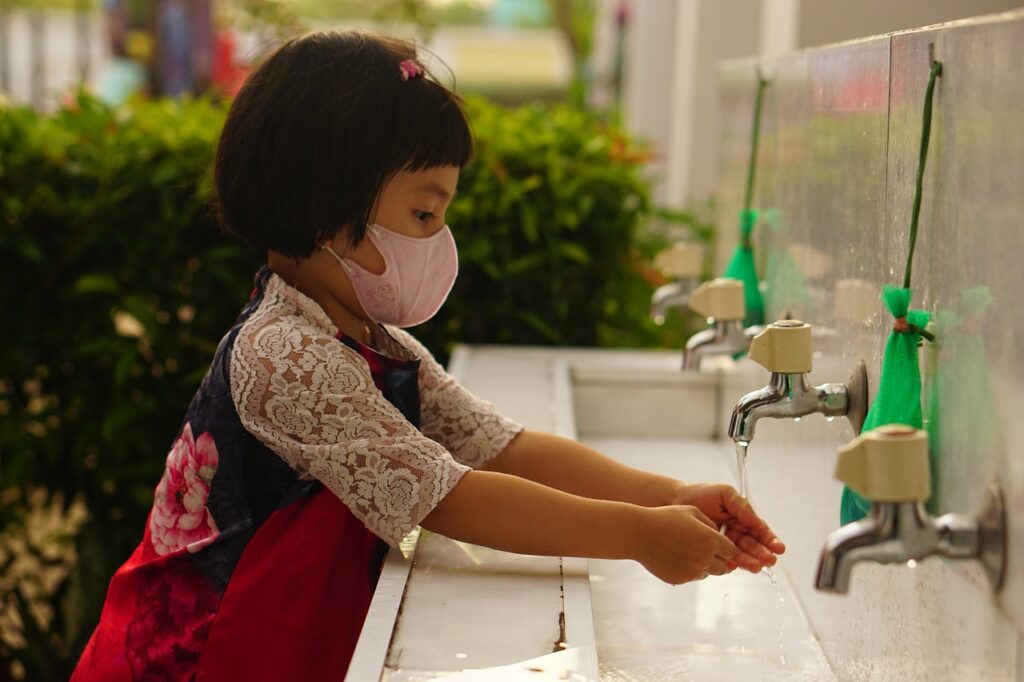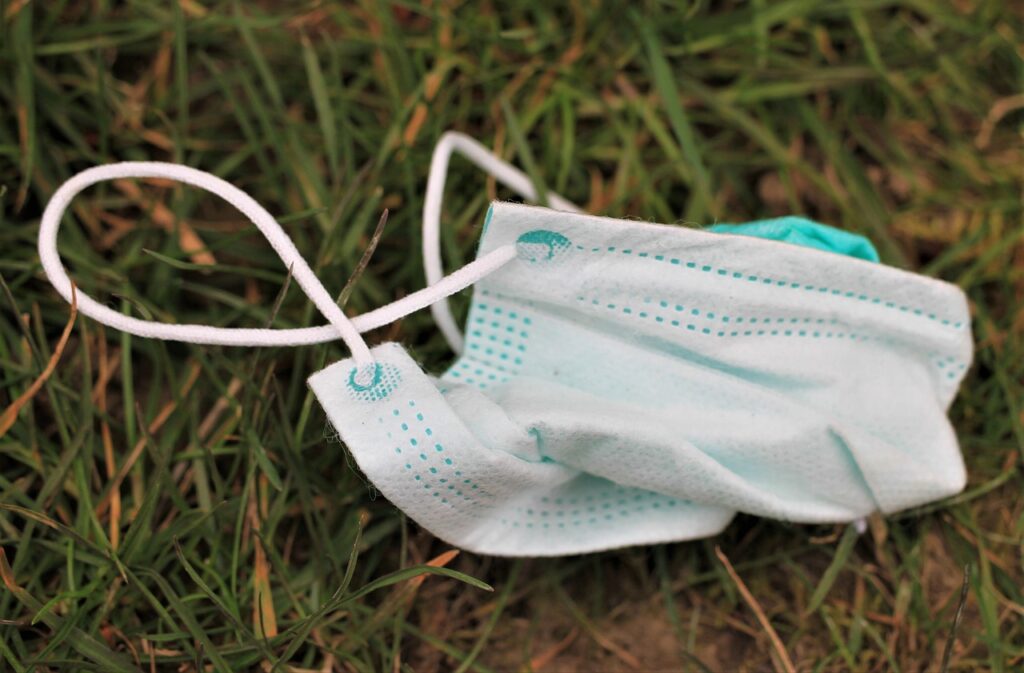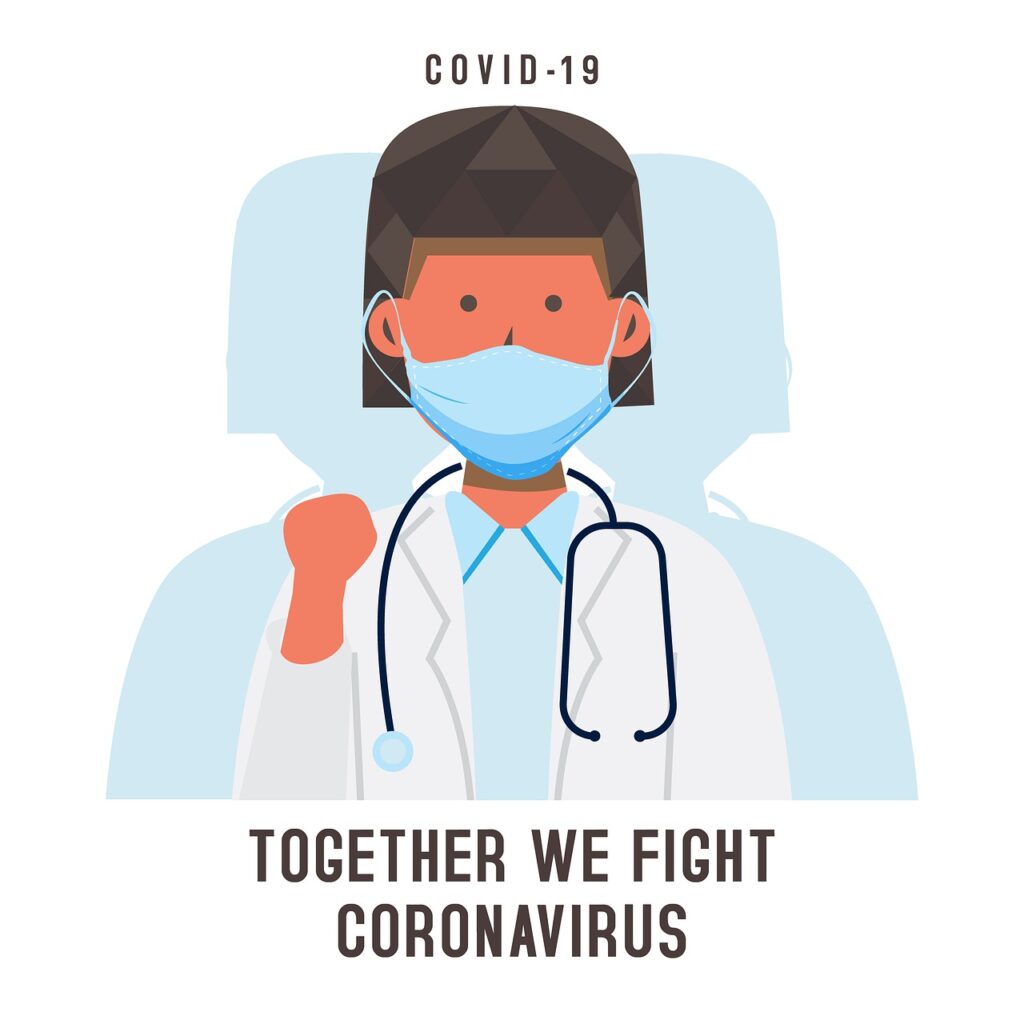There have been some big COVID-related announcements lately that, depending on your opinions, could leave you feeling excited or confused… or both. Today, we’re talking COVID in the headlines: making sense of it all. We’ll examine vaccines for teens (with younger children soon to follow), ditching the masks if you are vaccinated (with a few exceptions), and no longer needing a 2 week waiting period between COVID vaccines and other vaccines. I’ll offer some food for thought that may help you think through these recent guideline changes. And, as always, if you have further questions, please feel free to leave them in the comments and I’ll get back to you (blogger’s prerogative to decline comments that are unhelpful or inflammatory).
Vaccines for teens (and pre-teens)

Covid vaccines are now available for kids ages 12 and up. Eligibility for younger kids will be soon to follow. Image from Pixabay.
We touched on this recently in a prior article but I want to bring it up again. I learn something (sometimes multiple somethings) every day from encounters with my patients. They teach me just as much as I teach them. And I’ve come across questions from parents in the last couple of weeks that got me thinking. I’d like to share those thoughts with you.
First, because it continues to be the most common concern that I encounter when talking to families with teens and pre-teens about COVID vaccines, we’ll look at the question of whether the Pfizer vaccine can cause hormonal changes and affect fertility.
Fertility concerns:
- There is NO evidence that the mRNA vaccines (or other vaccines) affect fertility. This claim gets floated practically every time a new vaccine comes out. It’s as if those 12 people who drive the majority of vaccine misinformation and disinformation (dubbed the Disinformation Dozen) know what is going to push our parental worry buttons. They then make a special effort to take advantage of those worries. I don’t know about you, but I personally take offense to being manipulated this way.
- Pregnancy was an exclusionary criteria during the Pfizer and other vaccine trials. However, as happens, some women in the trial got pregnant. There were 23 pregnancies during the Pfizer trial (no problem with fertility there), fairly evenly split between those receiving the vaccine and those receiving placebo. The only adverse pregnancy outcomes noted in this group of women occurred in the placebo group (those NOT receiving the vaccine).
- Scientists don’t just “wait and see” what happens to pregnant women when studying investigational drugs or vaccines. They do what are called Developmental and Reproductive Toxicity (DART) studies. These are studies in animals looking at the effects of the product in question before it makes it to use in women of childbearing age. And the DART studies of the COVID vaccines have shown NO increase in adverse outcomes (whether reproductive ability or health of the pregnancy or development of the fetus) compared to background rates. Background rates are those that we would normally expect in a population at baseline – i.e., before introduction of the intervention in question, in this case the vaccine.
- Since the COVID vaccines have been in use, more than 35,000 pregnant women have chosen to receive a vaccine. These women are then enrolled in pregnancy registries. Their pregnancies and the health of their babies is monitored over time to look for any negative effects of the vaccine. Compared to background rates, there has been NO increase in adverse pregnancy outcomes (things like miscarriages, pre-term labor, fetal demise, etc.) in women receiving COVID vaccines.
Hormonal concerns:
- The biggest issue here, at least that I’ve come across thus far, has to do with some girls reporting period changes after they got the COVID vaccine. Now, period changes in teens happen all the time. In fact, it is considered normal for periods to be irregular in the first couple of years following onset of menstruation. Also, any woman will tell you that all sorts of things can mess with their periods – stress, an increase or decrease in exercise, weight fluctuations, being around other menstruating women. So, it is HIGHLY likely that these period changes that we are hearing about are coincidental. HOWEVER, we absolutely need to study this. And this is the point of the V-SAFE and VAERS programs. We want people to report any unusual occurrences following immunization. We want to make sure these vaccines are as safe as possible. Nobody’s hiding anything here.
- The concern is really not so much the period change itself but what it could represent as far as (see above) fertility concerns. And, as previously stated, we are seeing NO signals of concern for the ability to get pregnant or to have a healthy pregnancy.
Next, I’d like to speak to parents of teens/pre-teens and younger kids who may have gotten the vaccine for themselves but now worry about giving it to their children. As a parent, I totally get the concern. These are our babies. We’ve spent their entire lives protecting them and working hard to keep them safe. We wouldn’t want to do anything that would put them at risk. But when it comes to vaccines, we can let this worry go.
Children aren’t as delicate as we think they are:

We think of them as delicate flowers but children’s immune systems are really quite strong. Image from Pixabay.
We have this idea that our children, and their immune systems, are more delicate than they really are – that they won’t be able to handle the immune challenges posed by vaccines. Let’s think about this evolutionarily. When babies are born, their immune systems are relatively naïve. But, if our species is going to survive, we have to be able to learn and adapt to the multitude of germs and immune triggers that we encounter in early life. Luckily, our children’s immune systems are designed to do just that!
Now, you may be thinking, if they’re so great at dealing with germs they encounter, why have vaccines at all? Why not just let them develop immunity naturally? Because viruses like polio, measles, flu, pertussis, and more can be highly deadly (just wander around a cemetery from the 1800s and 1900s and you will see what I mean). It is MUCH safer to let their bodies build immunity through vaccination than to put them at risk of death or other serious consequences by trying to fight off a natural infection.
And when it comes to vaccines, children’s immune systems often do a much better job of developing a robust antibody response, than do adults’ immune systems. This is one of the reasons we give more vaccines in childhood than in adulthood. For example, the HPV cancer prevention vaccine is significantly more effective if given in pre-teen years than if given in early adulthood (but that’s a topic for another blogpost). The same is proving true for COVID vaccines. The Pfizer trials of 12-15 year olds showed an even greater antibody response in this age group than that seen in the 16-25 age group. To sum up, our kids’ immune systems are strong and are built to handle the challenge of a safe and effective vaccine!
Ditching the masks if you are vaccinated

Before we ditch the mask, here are some things to think about. Also, please don’t litter. 🙂 Image from Pixabay.
It came as a little bit of a shock and, for many, a pleasant surprise when the CDC announced last week that those who are vaccinated can shed their masks in public spaces (other than in certain locations like hospitals and clinics, for travel, and more). This was based on research that suggests that the Pfizer and Moderna vaccines are 94% effective at preventing COVID infection in real world situations. Other studies, showing that vaccinated people are significantly less likely to transmit virus and that our current vaccines work well against circulating strains of virus, also helped inform the CDC’s new guidance.
I admit to having mixed emotions about this change in guidelines. For the individual, it makes complete sense. A vaccinated person’s likelihood of contracting COVID is very low. The likelihood of having a severe or deadly consequence of COVID infection is even lower. And, for sure, being outside brings a much lower risk of catching or transmitting the virus. But when it comes to community health, I worry about having a largely still unvaccinated or incompletely vaccinated public mingling indoors. I’m not convinced that everyone is going to abide by the rules. I’m generally not a glass-half-empty kind of girl but I’m not so sure that the honor system is going to work. It also puts individual businesses in the uncomfortable and unfair position of being the mask police.
I hope that those who aren’t vaccinated, for whatever reason, will continue to honor the guidelines for their own protection and the protection of those around them. I sincerely hope that my skepticism isn’t warranted. For the time-being, however, you will probably find me continuing to mask in indoor public spaces, at least until we have a larger percentage of the population vaccinated.
Bye bye 2 week waiting period!

Until recently, we had to wait 2 weeks between giving a COVID vaccine and any other immunization. But, no more! Image by Pixabay.
No longer do we have to separate COVID vaccines from other vaccines. Spoken as a family doctor who is charged with vaccinating patients for COVID and multiple other vaccine-preventable diseases, I say “Hallelujah!” Until the guideline change, we were prioritizing COVID vaccines (naturally) and having to tell people to wait on getting their Shingles, Pneumonia, Tetanus, Pertussis, HPV, and Meningitis vaccines. In case you couldn’t guess, having to tell people that they CAN’T get a vaccine practically kills me! And with the looming approval for kids of younger ages and back-to-school and flu seasons being right around the corner, we were facing a logistical vaccinating nightmare to get people caught up on their immunizations.
The guidelines to separate COVID vaccines by 2 weeks from any other vaccines made complete sense in the beginning of our vaccination efforts. We had less experience with COVID vaccines then than we have now. If someone had some sort of adverse reaction, we needed to make sure that we knew what vaccine had caused it. Keeping the COVID vaccine separate from other vaccines was a great way to ensure we’d be able to identify the culprit.
But now we’ve given nearly 275 million doses of COVID vaccines. When it comes to the largest proportion of those (the mRNA vaccines), we know the typical pattern of reactogenicity (fatigue, fever, headache, muscle aches, etc. following vaccination) and we have seen NO significant signals of concern for more serious reactions. Additionally, we are well experienced with what to expect after giving other vaccines (like measles, hepatitis B, and more). Now we know enough to have a better sense of the culprit if someone has side effects from vaccines given in combination.
Giving multiple vaccinations at one time is safe. Really, if we think about it, we give other vaccines in combination ALL THE TIME! We know that there is no significant increase in adverse reactions or diminishing of immune response when vaccines are given together. What it does do is significantly increase convenience. And we could all use a little bit of that.

We’re all in this together! Image from Pixabay.
In summary, I strongly encourage you to get yourself and your children vaccinated. Vaccination offers our best hope for protecting our health. It is also the fastest way to put an end to the epidemic of loneliness, isolation, depression, anxiety, and the backwards slide in academics that the pandemic has brought to our kids.
Thanks for joining me. If you are not already on the email list to receive blogposts automatically, hop on over to the home page and sign up! Until next time…


5-17-2021
Dear Gretchen, Thank you very much for yet another definitive, clear, and pointedly specific set of observations and recommendations! It’s incredibly reassuring to get actionable information from a physician steeped in science and sensitive to the needs of the public to have a healthy path to follow!
All the best to you and thank you again!
Brooks C. Sackett
Well that is one of the nicest comments I’ve ever received! Thank you Brooks. I just hope that what I do is making some tiny bit of difference in the world!